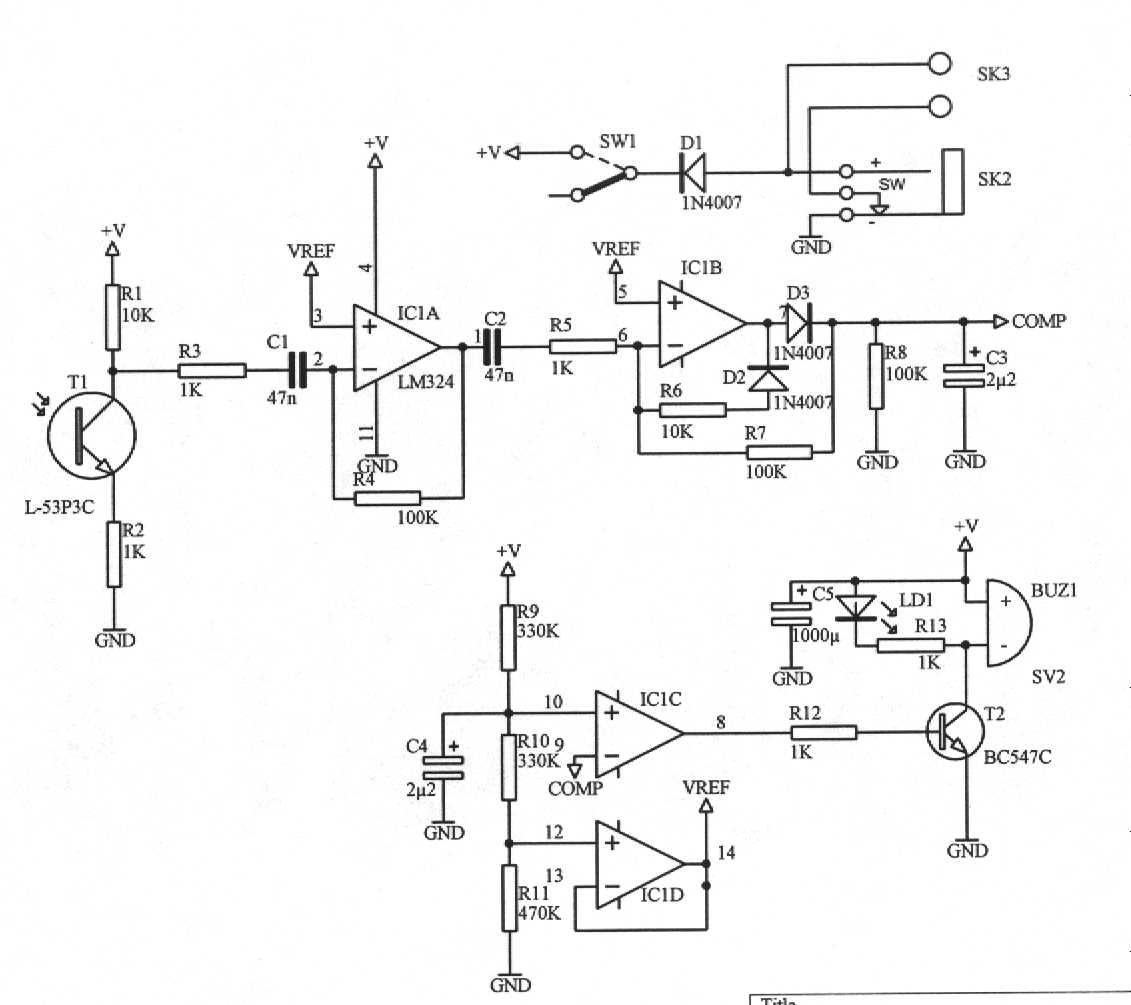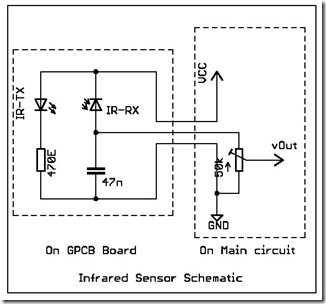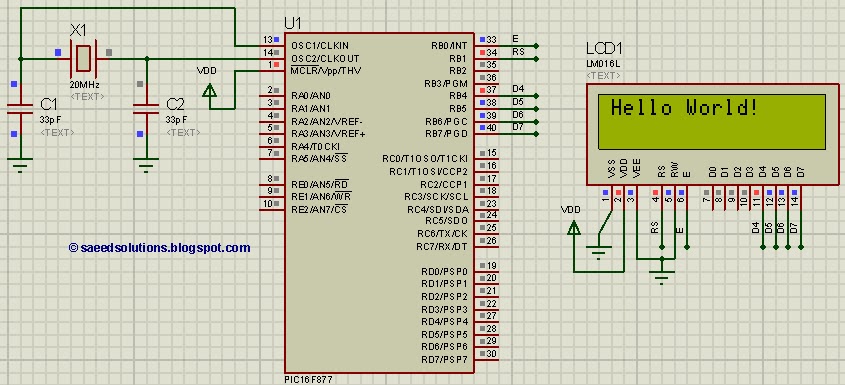
LCD Module
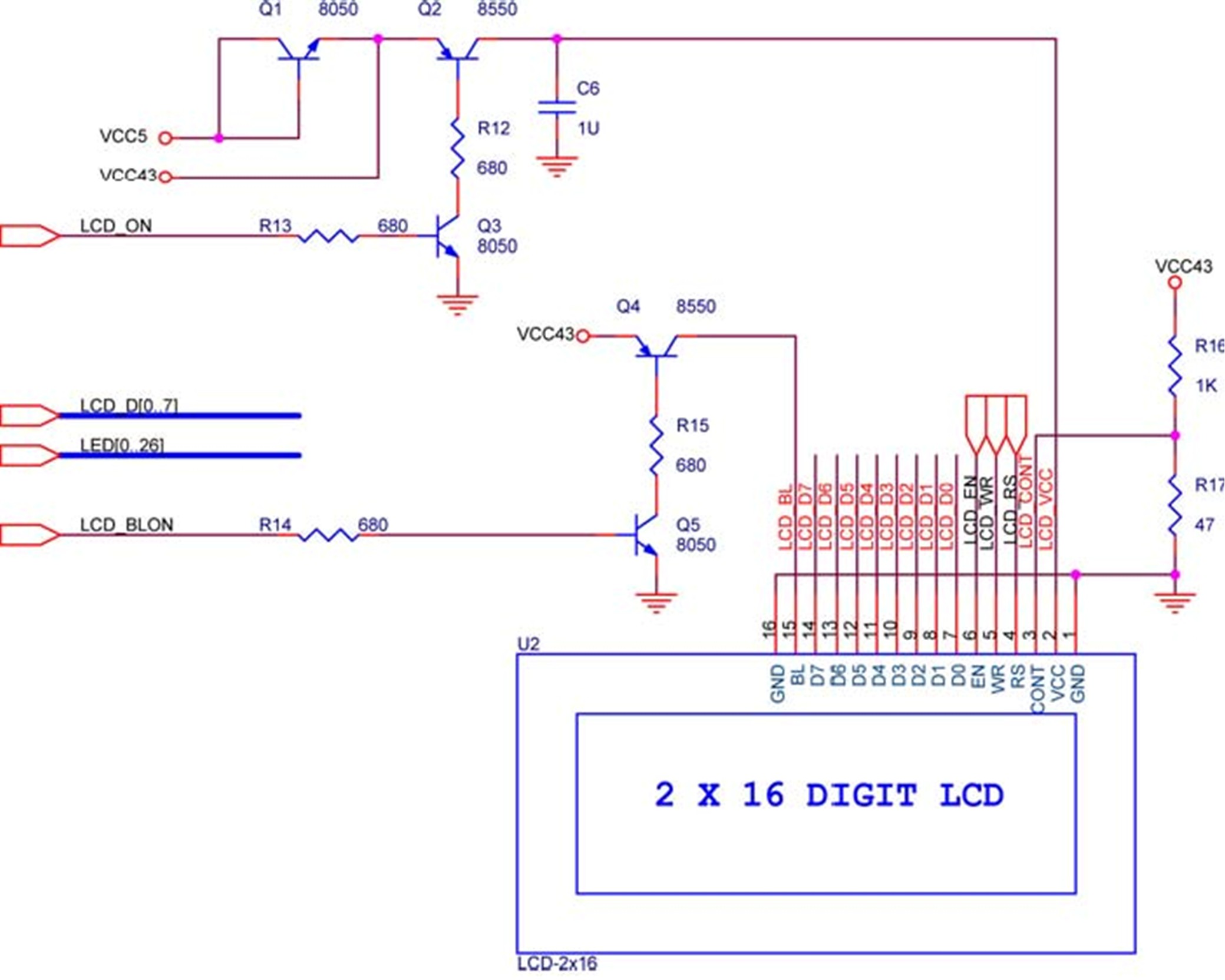
The LCD module is equipped with built-in fonts and can display text by sending the correct commands to the display controller known as HD44780. Comprehensive information regarding the usage of the display can be found in its datasheet. A schematic diagram illustrating the connections of the LCD module to the Cyclone II FPGA is presented in Figure 1. The related signals are detailed in Table 1.
The HD44780 LCD controller is a highly versatile component commonly used in various applications for displaying alphanumeric characters. This controller supports an interface that allows for easy communication with microcontrollers and FPGAs. The module typically operates in either an 8-bit or 4-bit mode, allowing for flexibility in pin usage depending on the design requirements.
In the context of connecting the LCD module to the Cyclone II FPGA, it is essential to establish the correct pin assignments, ensuring that the data pins, control pins (RS, RW, E), and power supply connections are accurately configured. The RS (Register Select) pin determines whether the data being sent is command or character data, while the RW (Read/Write) pin indicates the direction of data flow. The E (Enable) pin is crucial for latching the data into the LCD controller.
The schematic diagram referenced in Figure 1 would typically outline the connections between the FPGA and the LCD module, highlighting the necessary GPIO pins used for communication. It would also include power supply connections, typically 5V for the LCD module, and ground connections to ensure proper operation.
Table 1 would enumerate the signals required for effective communication, detailing their respective functions and pin assignments on the Cyclone II FPGA. This information is critical for developers to implement the LCD display in their designs accurately, facilitating the display of text and data in real-time applications.
For optimal performance, it is recommended to follow the timing specifications outlined in the HD44780 datasheet, which provides guidelines on how long to wait between commands and data writes to ensure reliable operation. This careful adherence to guidelines will enable the successful integration of the LCD module into various electronic projects.The LCD module has built-in fonts and can be used to display text by sending appropriate commands to the display controller, which is called HD44780. Detailed information for using the display is available in its datasheet. A schematic diagram of the LCD module showing connections to the Cyclone II FPGA is given in Figure 1.
The associated signal s appear in Table 1. 🔗 External reference
The HD44780 LCD controller is a highly versatile component commonly used in various applications for displaying alphanumeric characters. This controller supports an interface that allows for easy communication with microcontrollers and FPGAs. The module typically operates in either an 8-bit or 4-bit mode, allowing for flexibility in pin usage depending on the design requirements.
In the context of connecting the LCD module to the Cyclone II FPGA, it is essential to establish the correct pin assignments, ensuring that the data pins, control pins (RS, RW, E), and power supply connections are accurately configured. The RS (Register Select) pin determines whether the data being sent is command or character data, while the RW (Read/Write) pin indicates the direction of data flow. The E (Enable) pin is crucial for latching the data into the LCD controller.
The schematic diagram referenced in Figure 1 would typically outline the connections between the FPGA and the LCD module, highlighting the necessary GPIO pins used for communication. It would also include power supply connections, typically 5V for the LCD module, and ground connections to ensure proper operation.
Table 1 would enumerate the signals required for effective communication, detailing their respective functions and pin assignments on the Cyclone II FPGA. This information is critical for developers to implement the LCD display in their designs accurately, facilitating the display of text and data in real-time applications.
For optimal performance, it is recommended to follow the timing specifications outlined in the HD44780 datasheet, which provides guidelines on how long to wait between commands and data writes to ensure reliable operation. This careful adherence to guidelines will enable the successful integration of the LCD module into various electronic projects.The LCD module has built-in fonts and can be used to display text by sending appropriate commands to the display controller, which is called HD44780. Detailed information for using the display is available in its datasheet. A schematic diagram of the LCD module showing connections to the Cyclone II FPGA is given in Figure 1.
The associated signal s appear in Table 1. 🔗 External reference
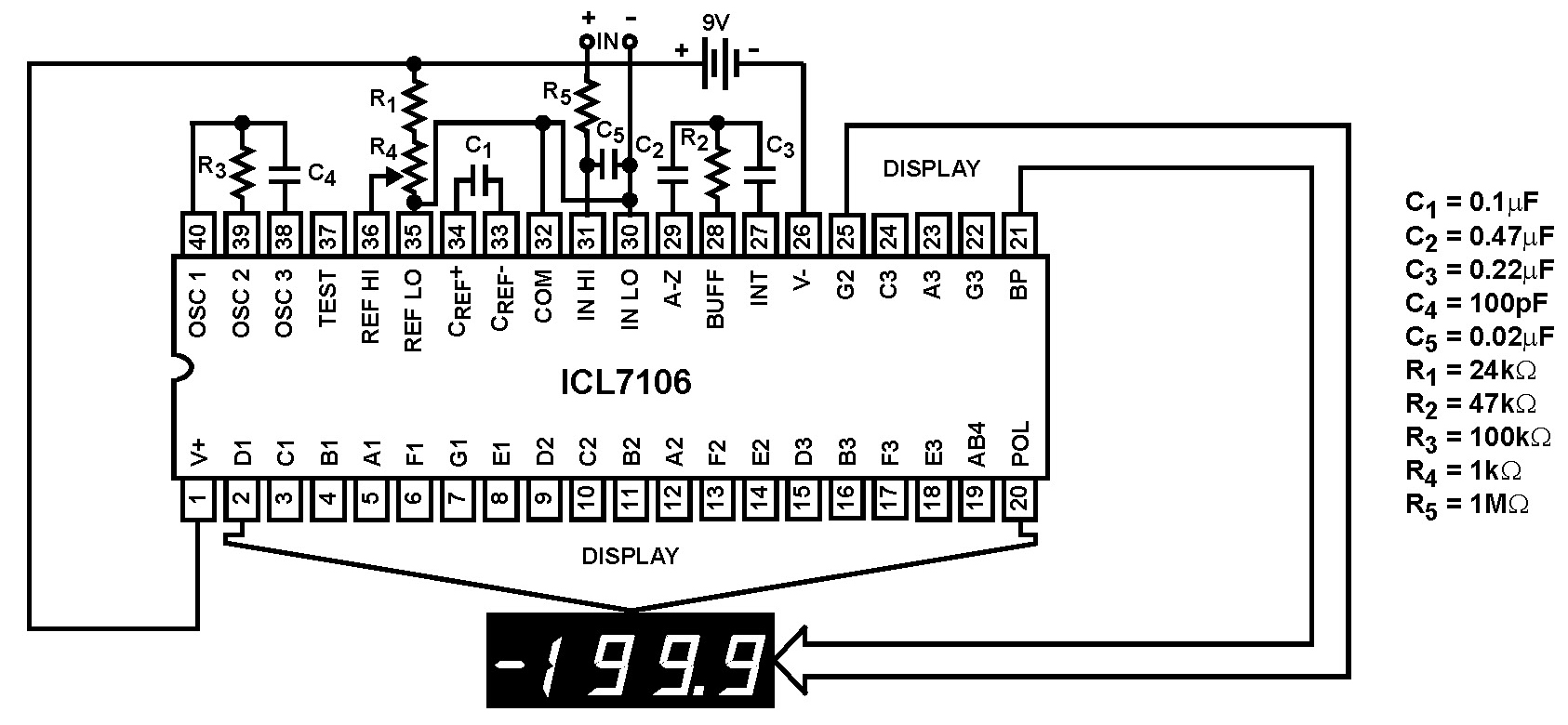
.png)
.jpg)
